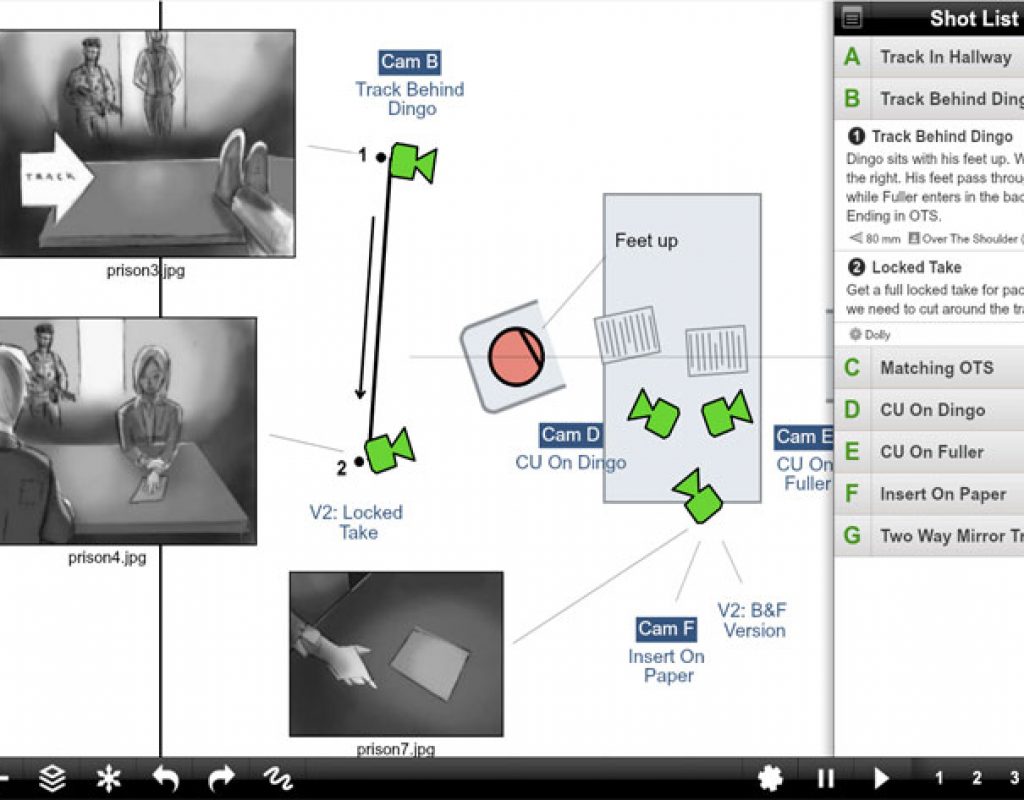

- #SHOT DESIGNER 1.42 CODE HOW TO#
- #SHOT DESIGNER 1.42 CODE FULL#
- #SHOT DESIGNER 1.42 CODE SOFTWARE#
- #SHOT DESIGNER 1.42 CODE SERIES#
Getting startedīecause of the large size of the original dataset (3.9 GB) we are giving
#SHOT DESIGNER 1.42 CODE FULL#
Generally, we will use the full file names for this tutorial. We will only selectively use the current option to demonstrate how it
#SHOT DESIGNER 1.42 CODE HOW TO#
Meant to show people how to use mothur at a very nuts and bolts level, It is generally easiest to use the “current” option for many of theĬommands since the file names get very long. In addition, you probably want to get your hands on the following. Put mothur in your path, but this will get you what you need for now. If you are a sysadmin wiz (or novice) you can probably figure out how to Want to move the contents of the mothur executable folder there as well. These files and to then move the contents of the Trainset9_032012.pdsĪnd the silva.bacteria folders into the MiSeq_SOP folder. The variousĬlassification references perform differently with different sample You can easily substitute these choices (and should) for the referenceĪnd taxonomy alignments using the updated Silva referenceįiles because they’re compact and do a pretty good job.
#SHOT DESIGNER 1.42 CODE SOFTWARE#
Sequencer, then you likely have the software parameters set incorrectly.įor this tutorial you will need several sets of files. If you aren’t getting these files off the fastq files contain both the sequence dataĪnd the quality score data. Off the MiSeq as pairs of fastq files with each pair representing the All of theĭata from that study are available through our server. That manuscript for more information and our wet-lab SOP. Please consult the supplementary methods of In parallel using only 80 primers (32+48) and obtain sequence reads thatĪre at least as good as those generated by 454 sequencing using our 454 In a manuscript submitted to Applied & Environmental Microbiology, weĭescribe a set of primers that will allow you to sequence 1536 samples The mock community to measure the error rate and its effect on other The 10 fecal samples to look at how to analyze microbial communities and Sequencing samples from mice fecal material, we resequenced a mockĬommunity composed of genomic DNA from 21 bacterial strains. Providing only part of the data - you are given the flow files for oneĪnimal at 10 time points (5 early and 5 late). To make this tutorial easier to execute, we are Question in this tutorial using a combination of operational taxonomic units (OTUs),Īmplicon/exact sequence variants (ASV/ESV), phylotype, and The microbiome observed between days 140 and 150. We were curious whether the rapid change in weight observedĭuring the first 10 dpw affected the stability microbiome compared to Nothing was done to our mice except allow them to eat, get fat, and be

During the first 150 days post weaning (dpw), To that end we collectedįresh feces from mice on a daily basis for 365 days post weaning (we’reĪccepting applications). Variation in the gut microbiome on host health. Schloss lab is interested in understanding the effect of normal Starting out we need to first determine, what is our question? The The workflow is beingĭivided into several parts shown here in the table of contents for the With Applied and Environmental Microbiology. MiSeq-specific steps are described in a manuscript that is in review To consult these for more details and background data.
#SHOT DESIGNER 1.42 CODE SERIES#
Of a series of manuscripts that we have published and users are advised This SOP will highlight the differences in Index reads and so the index (aka barcode) sequences are found at theīeginning of each read. Others have generated similar data but without the Multiplex a large number of samples (i.e. The approach we take is to use index reads to Sequences that are generated using Illumina’s MiSeq platform using Procedure (SOP) that the Schloss lab uses to process their 16S rRNA gene The goal of this tutorial is to demonstrate the standard operating (2013):ĭevelopment of a dual-index sequencing strategy and curation pipelineįor analyzing amplicon sequence data on the MiSeq Illumina sequencing Kozich JJ, Westcott SL, Baxter NT, Highlander SK, Schloss PD. Protocol in a paper, you must cite the Schloss et al. NOTE: Although this is an SOP, it is something of a work in progress andĬontinues to be modified as we learn more.


 0 kommentar(er)
0 kommentar(er)
